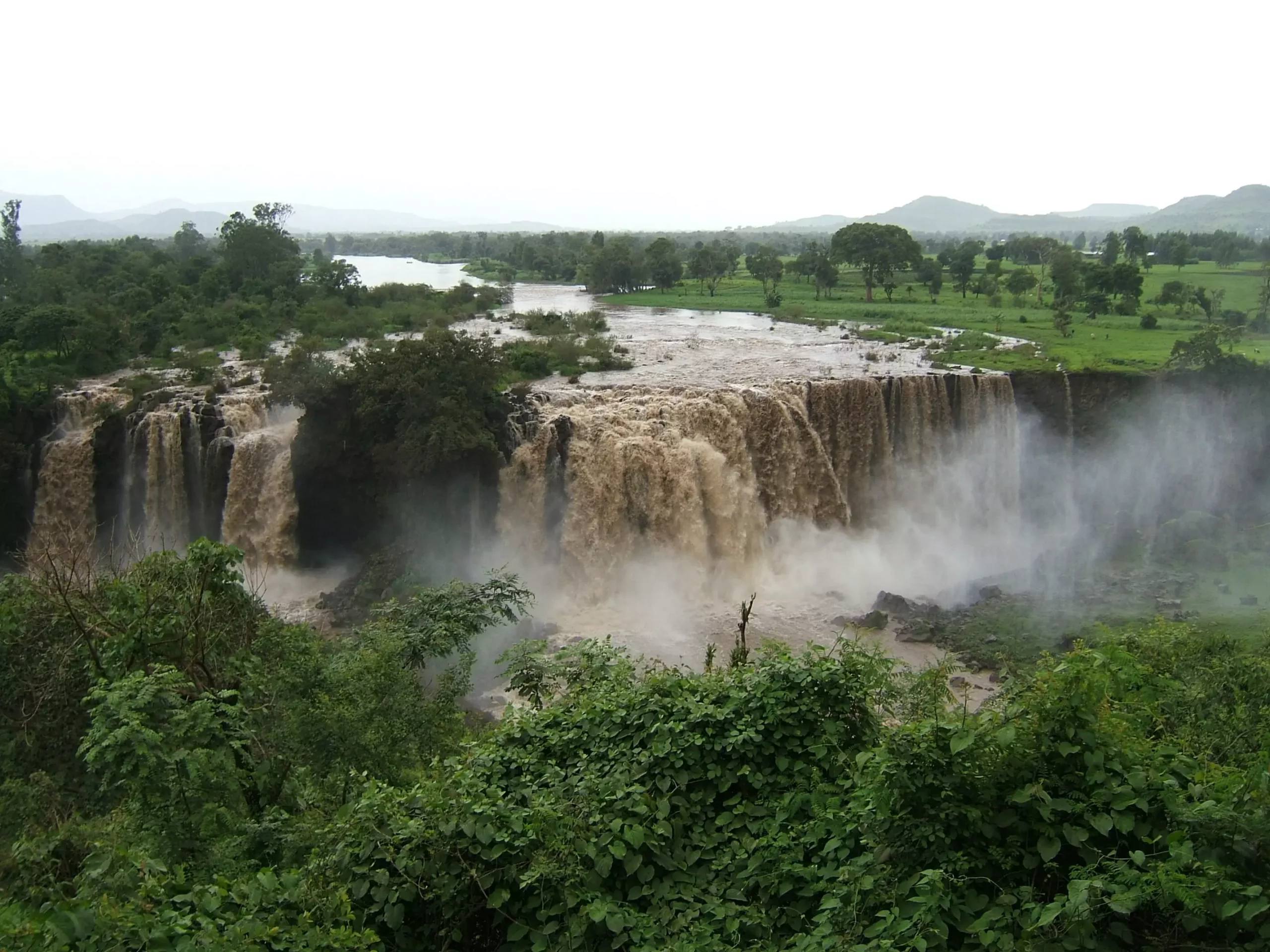The Nile River has been a lifeline for civilizations for millennia, nurturing agricultural growth and sustaining vast populations across northeastern Africa. However, climate change and erratic weather patterns threaten to destabilize this ancient river system, heralding potential disasters for millions relying on its waters. As global warming exacerbates the hydrological cycle—creating unpredictable weather phenomena such as droughts and floods—it becomes imperative to anticipate how these changes might mirror historical periods of climate turbulence. This understanding is vital for developing effective solutions to protect communities in the Nile Valley from escalating natural hazards.
A Glimpse into History: The North African Humid Period
By studying historical climatic events, such as the North African Humid Period that occurred 11,000 to 6,000 years ago, researchers aim to gain insights into the Nile’s responses during warmer and wetter epochs. Under the leadership of Dr. Cécile Blanchet, a team of scientists from the German Research Centre for Geosciences (GFZ), the University of Innsbruck, and the Alfred Wegener Institute, delved into sediment core samples that chronicle 1,500 years of flooding data from the Nile. Their findings, recently published in Nature Geoscience, reveal a dramatic interplay between climate events and river flooding frequency, underscoring the fragility of the riverine ecosystem.
Contrary to what one might assume, historical examinations demonstrate that periods of increased rainfall did not translate into consistently beneficial conditions. Instead, the research indicates a highly volatile river system in the past characterized by severe floods that occasionally rendered the Nile Valley uninhabitable. The analysis of sediment layers showcased extreme variability, suggesting that intensified flooding could lead to both devastating consequences and potential opportunities for adjustment in modern contexts.
Research Methodology: Unlocking the Past through Sediment Analysis
The research team utilized an innovative approach to unlock the secrets preserved within the sediment core. Collecting this core in 2008, they revealed thin and thick layers of sediment that signified varied flooding intensities brought on by seasonal rains. The meticulous examination of these layers—often painstakingly conducted during COVID-19 lockdowns—has provided researchers with invaluable insights. Notably, the core data revealed fluctuations in sedimentary thickness ranging from mere millimeters to several centimeters within just a few decades. Such variations are not only indicative of flood magnitudes but also reflect the complexities of sediment transport influenced by hydraulic dynamics within the river ecosystem.
A significant breakthrough in their research came from an interdisciplinary collaboration between geologists, modelers, and statisticians. By distinguishing between sediment layers and employing radiocarbon dating of fossilized remains, the team established a chronology that connected ancient flooding events to climatic fluctuations. This comprehensive methodology assured that findings could withstand scrutiny, allowing the study’s conclusions to resonate with current climatic concerns.
Climate Drivers Then and Now
Through their investigation, Blanchet and her colleagues identified oscillations that influenced flood patterns, reminiscent of contemporary climate drivers. They recognized periodicities within the data indicative of climatic phenomena similar to what we see today, including the El Niño Southern Oscillation (ENSO). This remarkable connection suggests a potentially predictable pattern of flooding severity, offering a vital tool to understand and forecast future risks in the Nile Valley.
The study also highlights a crucial distinction: although historical drivers of flooding may mirror current conditions, the amplitude of flood impact can differ significantly based on climatic context. Such revelations point towards the necessity of utilizing historical data to refine modern forecasting models, ultimately aiding in disaster preparedness efforts.
Implications for Modern Society
The ramifications of this research extend beyond the academic realm, possessing vital implications for contemporary flood risk management. As the Nile Valley faces increasing threats from climate change, utilizing insights derived from ancient flooding patterns can enhance the development of reliable forecasting tools. By integrating this knowledge with effective infrastructure planning, regional authorities can better equip themselves to handle future extreme weather events.
Moreover, this study serves as a reminder of humanity’s interconnectedness with nature and the importance of heeding historical lessons. As communities along the Nile contend with changing climatic realities, acknowledging how past civilizations adapted—or failed to adapt—can inform future resilience strategies.
In exploring our climatic past, we find not just warnings, but pathways toward sustainable and informed responses to the challenges presented by a warming planet. Interdisciplinary collaboration and innovative research methods hold the key to untangling the complexities of our natural world, bridging scientific inquiry with practical solutions to safeguard communities reliant on the Nile’s enduring flows.


Leave a Reply